
Wildlife in Kenya: National Park Vs. Conservancy
An interesting development is occurring in Kenya of late that has sparked my interest as a conservationist. Birthplace to word “safari“, Kenya has long been synonymous with hunting and much latterly the preservation of East Africa’s wildlife.
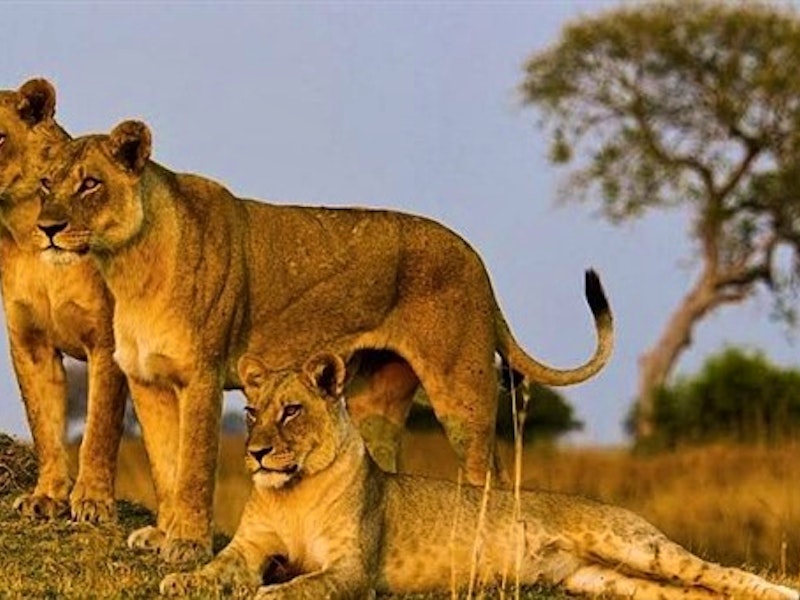
It is amazing to think, back in the day, that European hunters set off with a vast caravan of porters, supplies and so called essentials (gramophones and Zinc bathtubs) for the wild plains of Africa. Shooting indiscriminately as they went for pure pleasure with the sole aim of returning with an important trophy. The porters went ahead of them and dutifully erected mess tents, sleeping quarters, sourced and gathered water, set out the bath and heated water to the perfect temperature so that the gentry did not have to rough it too much. Sipping scotch and G&Ts as they discussed the arduous days trek, these testosterone fuelled Europeans had no idea what precedence they were setting.

Kenya, the place to see wildlife
As the popularity of safaris grew in Kenya so did the tourism industry. It soon outstripped everything else and became their biggest commodity. Literally hundreds of lodges, international hotels groups and travel companies sprung up, seemingly, overnight and the Kenyan government cashed in on this bonanza. Kenya became known as THE place to see wildlife.
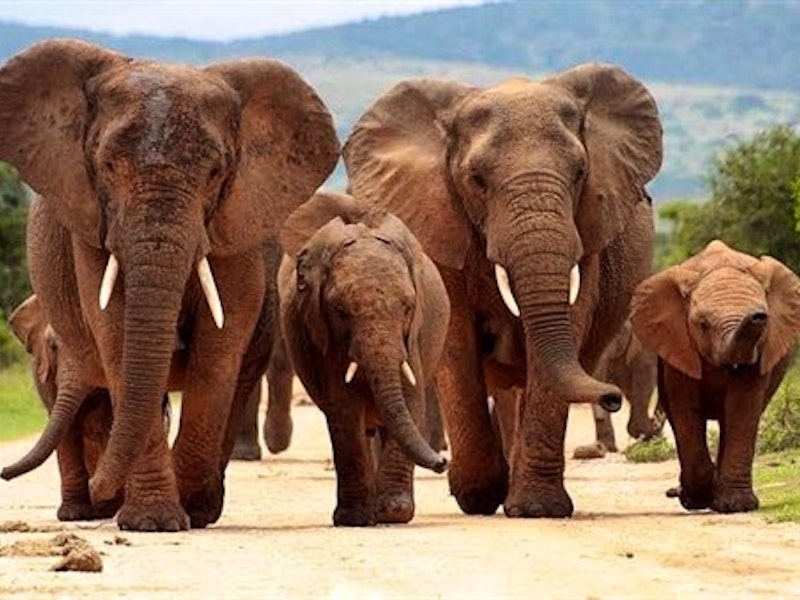

The effect on wildlife
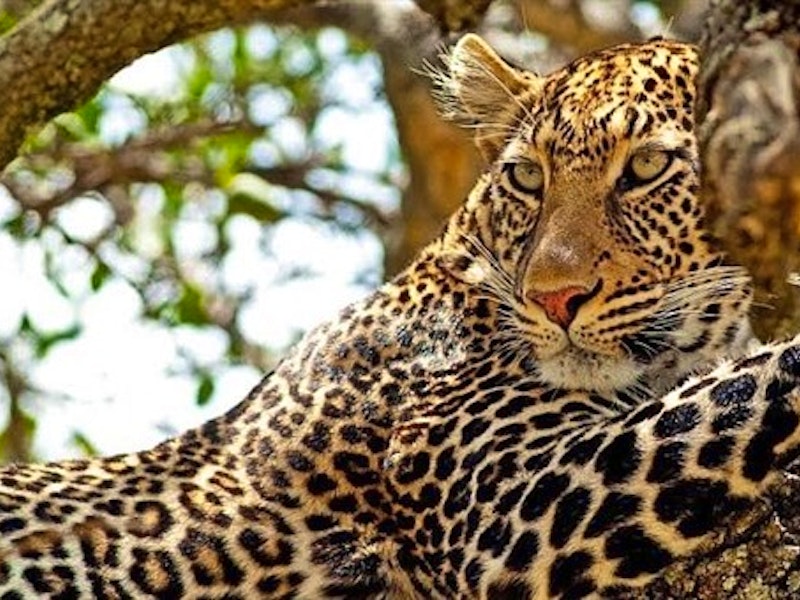
The local tribes had no incentive to keep the wild animals and habitats as they were not benefiting from them. They were looking for grazing for their cattle, which for them is a sign of wealth, and there were constant battles fought when cats preyed on the livestock or elephants rampaged through vegetable patches in search of an easy meal.

The much needed change
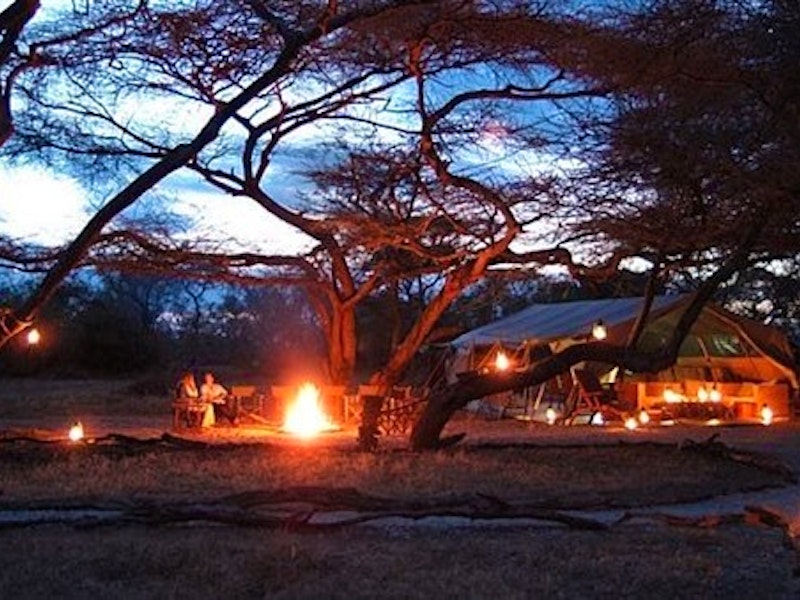
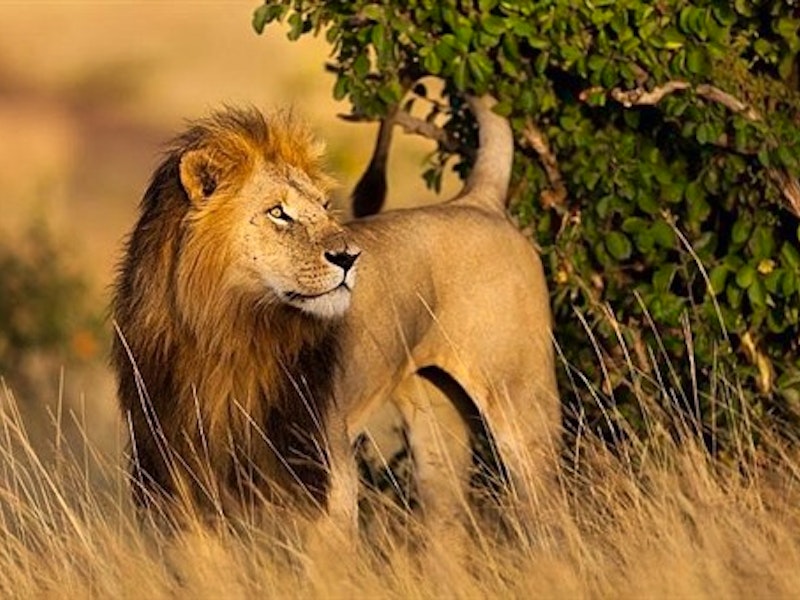
Again without any scientific basis, it would appear that the animals know a good thing; and if they are happy, relaxed and safe then overall the visitors are going to see more than they dreamed of, thus increasing the income to the people most in need of it, who in turn are likely to value and protect it more. All round it is a win win situation.
